Quartzite Countertop Stains and Cracks
jmh0405
last year
Featured Answer
Sort by:Oldest
Comments (39)
jmh0405
last yearRelated Discussions
Crack in new quartzite countertop
Comments (55)That is not natural, it’s a break. Is there a gap between the stone and cabinet? Meaning there is no support for the stone. The front area of stone counters when there is a sink is a weak area so if there is a gap it needs to be supported. The fabricator might be able to fix it enough so you can not feel the crack but that’s about it. What type of Quartzite is it? White Princess?...See MoreKitchen Counter tops - Cost of MSI quartz and quartzite
Comments (5)In my area, $79 a sq foot is on the very lowest side of what I see in Atlanta (that requires going outside the city a bit - nowhere inside the metro area has prices that low, I don't think anyway). Perhaps b/c you are getting such a small amount and it is coming from a remnant? I agree with other poster's comments though - pick one or the other; don't mix. It will look like you didn't have enough money to put the quartzite everywhere. If you want to mix and match something, have the cabinets in the island be a different color, or wood and the perimeter white or cream (not sure what you are going for so just throwing out ideas)....See MoreCracks around sink on new calacatta quartzite countertops
Comments (19)@tracsurf What I've heard just from my own general research is that you need a lot of water for cutting these delicate stones. I've been told that "everyone" will be using water with a saw to cut natural stone, but you need someone who uses a lot of water. I've seen one fabrication shop that even had drain valleys cut all throughout the floor of the shop to manage the water overflow. If you can find anyone who successfully fabricates and installs Neolith or porcelain slabs without cracks on a regular basis, they'll be equipped with better supplies and processes to also fabricate quartzite without cracks., though some quartzite is definitely more problematic than others. You can ask around at all the slab yards near you if any fabricator is known for being well-equipped for quartzite fabrication and experienced. I found two in my area this way, Escobar Marble and Active Granite, both in Dallas, Texas. If they aren't in your area, you might give Active Granite (the larger shop) a call and quiz them on what types of equipment they have to get leads for someone similar in your area. Both these places came highly recommended to me as shops that had the proper equipment to fabricate, transport and install delicate materials in comparison with other shops that simply didn't have the right equipment and tools for preventing cracking....See MoreShare Photos Your Kitchen Counter Tops Quartzite vs Quartz
Comments (13)Then there is this article - that had me leaning toward quartzite ... http://usenaturalstone.org/definitive-guide-quartzite/ The Houzz article above has me leaning towards Quartz. : ) I am of the opinion that that are good features in both. Quartzite can take heat and you cannot set a hot pot on Quartz. Quartz does not stain as bad as Quartzite since Quartzite is a natural stone. Quartzite has to be sealed. I don't think Quartz does. I am thinking it is a toss up The one thing I am worried about is the part about the citrus and etching Quartz I have read a lot about. I use lemons a lot and we all cook around our island so I don't have full control of watching it all the time. . I would love to hear opinions from folks who have either. Have you had any issues with either choice?...See Morejmh0405
last yearjmh0405
last yearJoseph Corlett, LLC
last yearjmh0405
last yearjmh0405
last yearRoyHobbs
last yearJoseph Corlett, LLC
last yearJoseph Corlett, LLC
last yearM Miller
last yearlast modified: last yearjill stabeno
last yearjmh0405
last yearJoseph Corlett, LLC
last yearjmh0405
last yearjill stabeno
last yearjmh0405
last yearlast modified: last yearjmh0405
last yearUser
last yearJoseph Corlett, LLC
last yearjmh0405
last yearJoseph Corlett, LLC
last yearProject Mode
last yearjtkaybean
last yearProject Mode
last yearjmh0405
last yearJoseph Corlett, LLC
last yearjmh0405
9 months agoProject Mode
9 months agojmh0405
9 months agoJoseph Corlett, LLC
9 months agohomechef59
9 months agokoji1766
4 months agoJoseph Corlett, LLC
4 months agocpartist
4 months agoJoseph Corlett, LLC
4 months agoM Miller
4 months agochispa
4 months agolast modified: 4 months ago
Related Stories
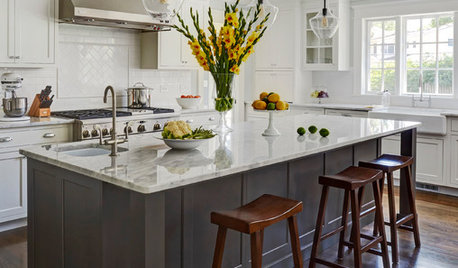
KITCHEN COUNTERTOPSWhat’s the Difference Between Quartzite and Quartz Countertops?
Weigh the pros and cons of these popular kitchen countertop materials
Full Story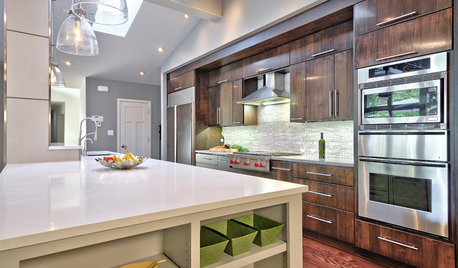
KITCHEN COUNTERTOPS7 Low-Maintenance Countertops for Your Dream Kitchen
Fingerprints, stains, resealing requirements ... who needs ’em? These countertop materials look great with little effort
Full Story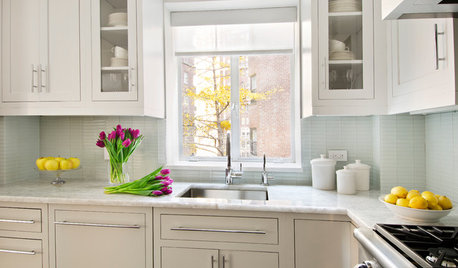
KITCHEN COUNTERTOPSKitchen Counters: Quartzite Offers Strength and Beauty
Eye-catching patterns and a natural pedigree make durable quartzite a popular alternative to granite and marble
Full Story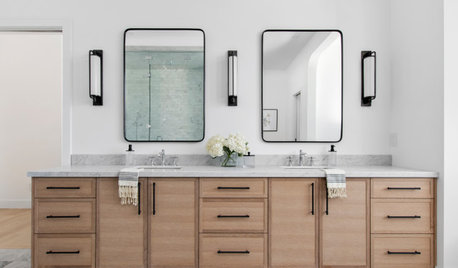
HOUSEKEEPINGHow to Clean Marble Countertops and Tile
Acidic solutions can damage your marble surfaces. Here’s how to keep marble looking clean and amazing
Full Story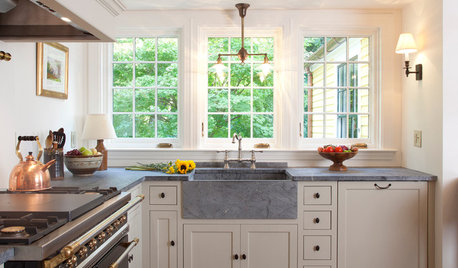
KITCHEN COUNTERTOPS10 Top Backsplashes to Pair With Soapstone Countertops
Simplify your decision-making process by checking out how these styles work with soapstone
Full Story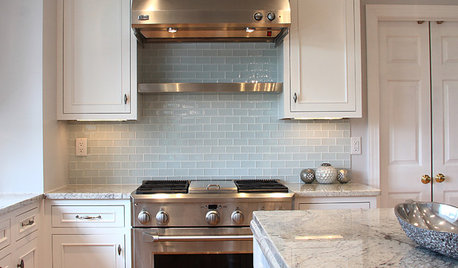
KITCHEN DESIGN5 Favorite Granites for Gorgeous Kitchen Countertops
See granite types from white to black in action, and learn which cabinet finishes and fixture materials pair best with each
Full Story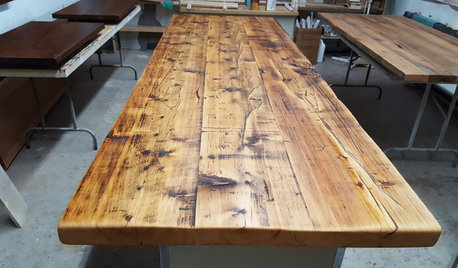
KITCHEN COUNTERTOPSSee How Reclaimed Wood Beams Become a Stunning Kitchen Countertop
These woodworkers take a batch of rough wood boards and turn them into a remarkable showpiece in 5 weeks
Full Story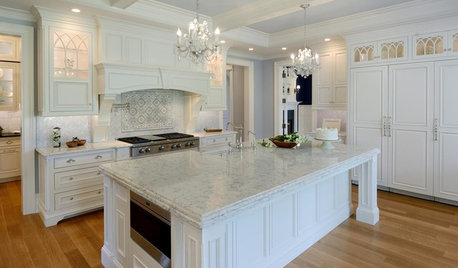
KITCHEN COUNTERTOPSQuartz vs. Granite: The Battle of the Countertops
Read about the pros and cons — and see great examples — of these popular kitchen countertop materials
Full Story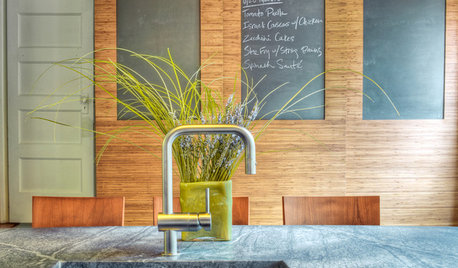
MOST POPULARYour Guide to 15 Popular Kitchen Countertop Materials
Get details and costs on top counter materials to help you narrow down the choices for your kitchen
Full Story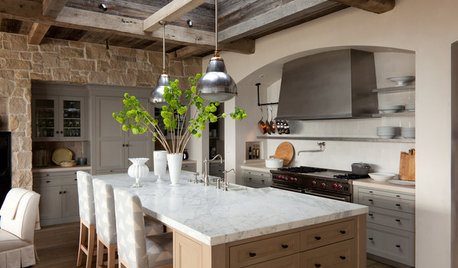
KITCHEN DESIGNHouzz Quiz: What Kitchen Countertop Is Right For You?
The options for kitchen countertops can seem endless. Take our quiz to help you narrow down your selection
Full Story


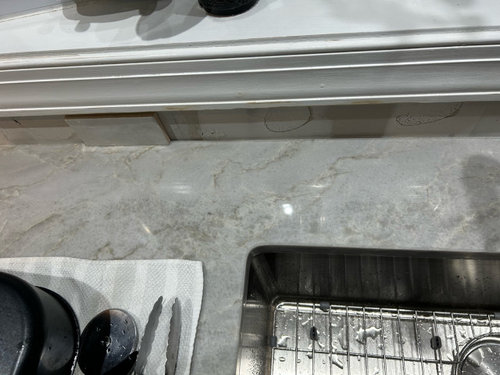

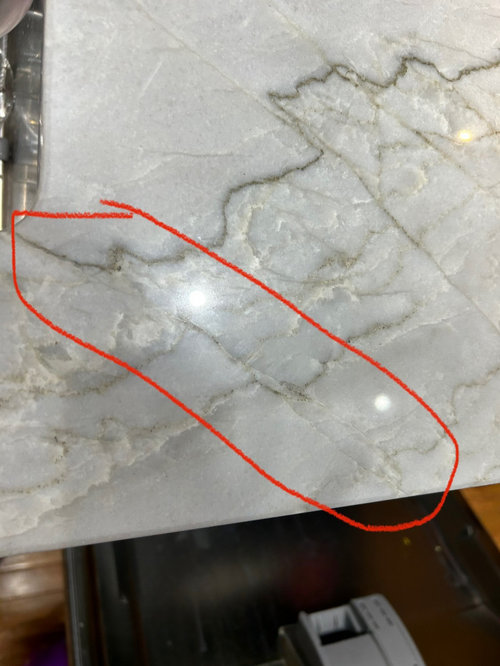
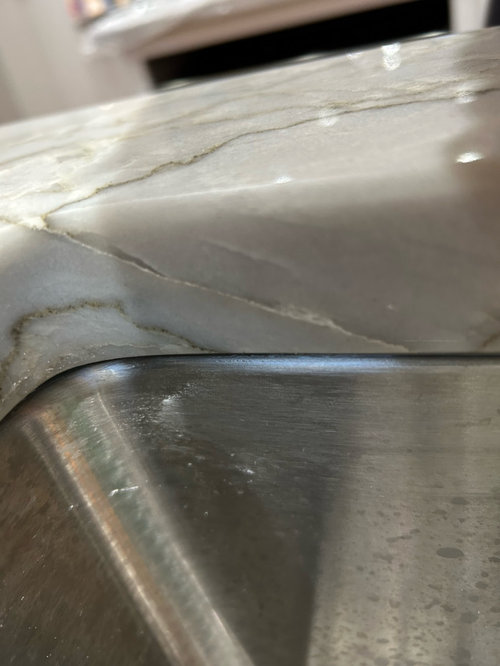
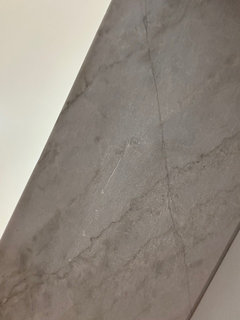
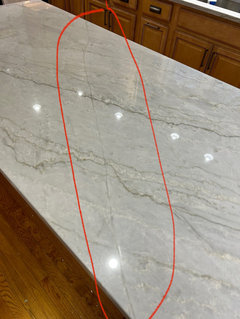
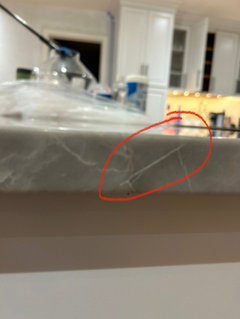
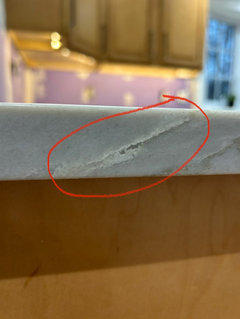
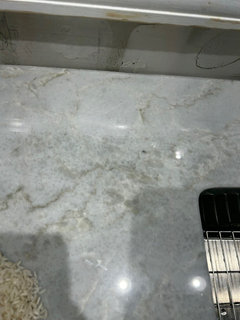
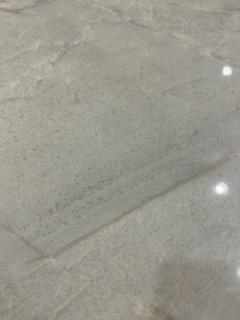
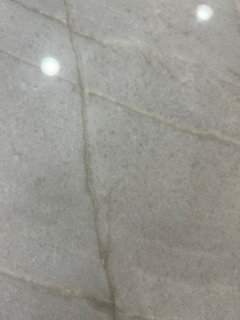
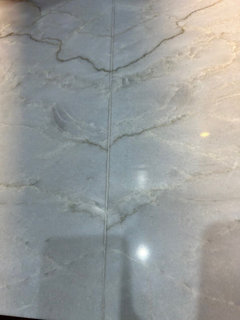
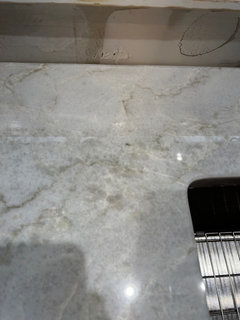
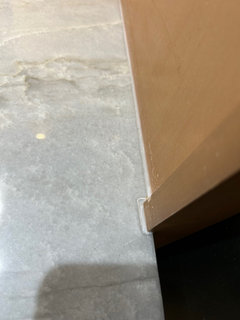
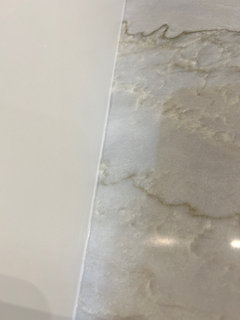
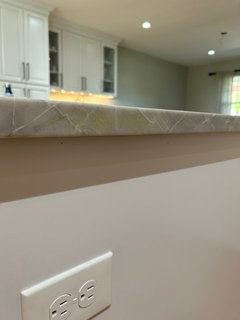
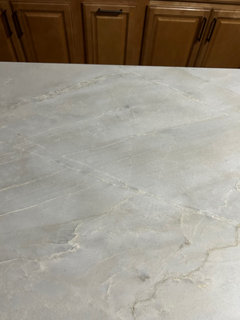
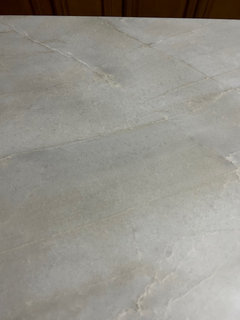
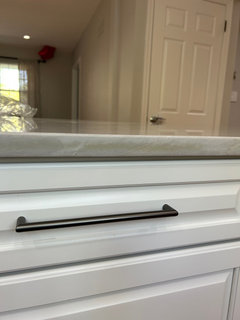
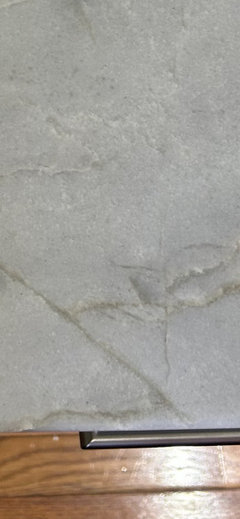
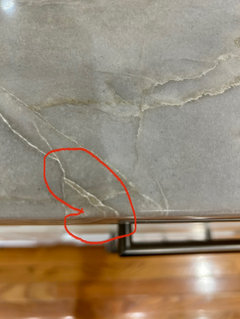
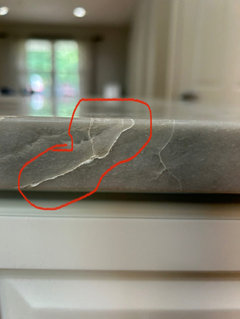
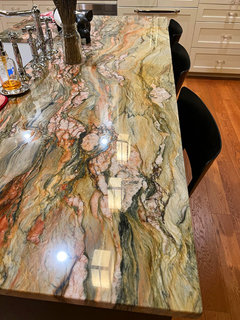
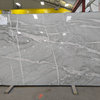
millworkman